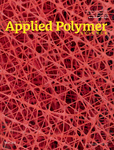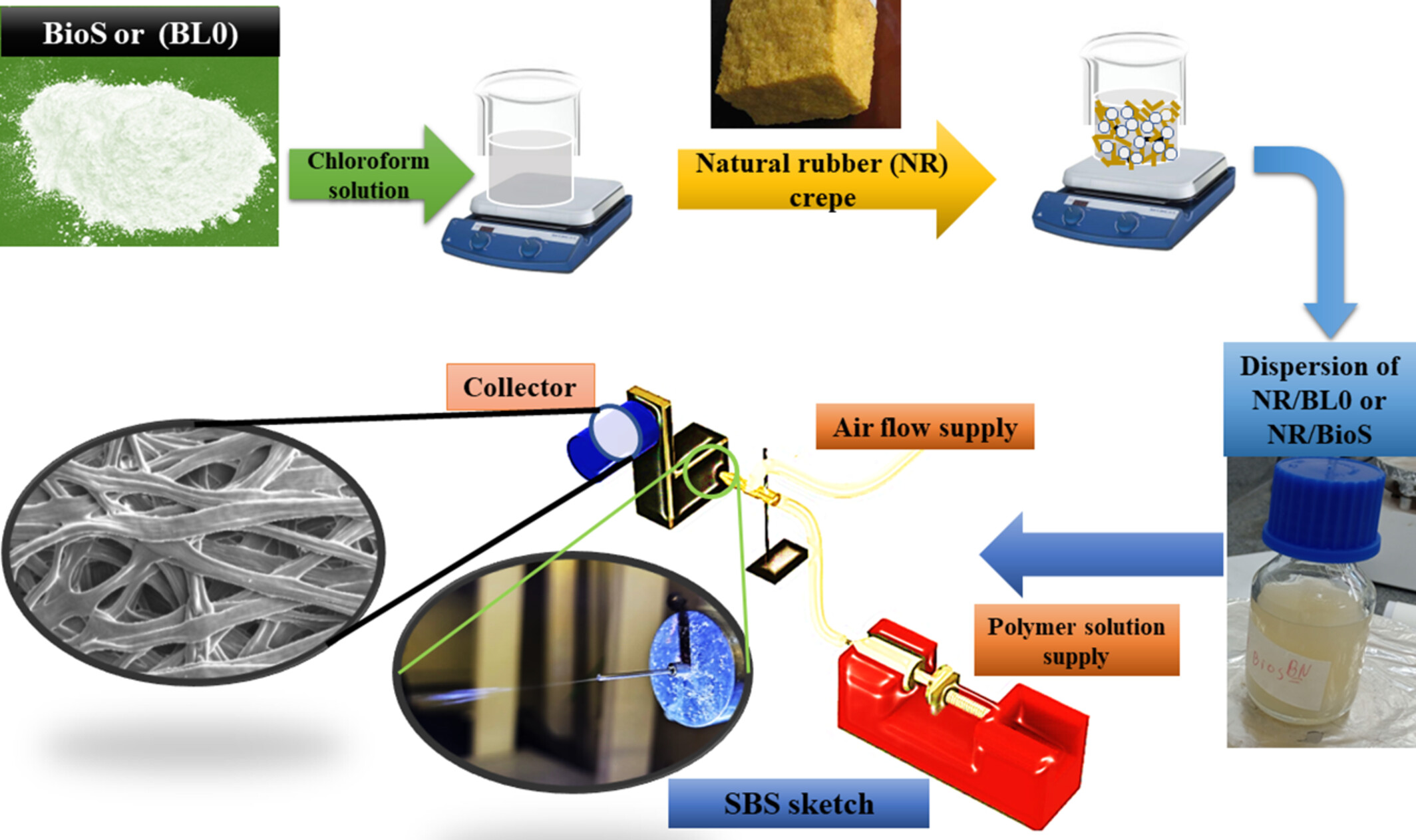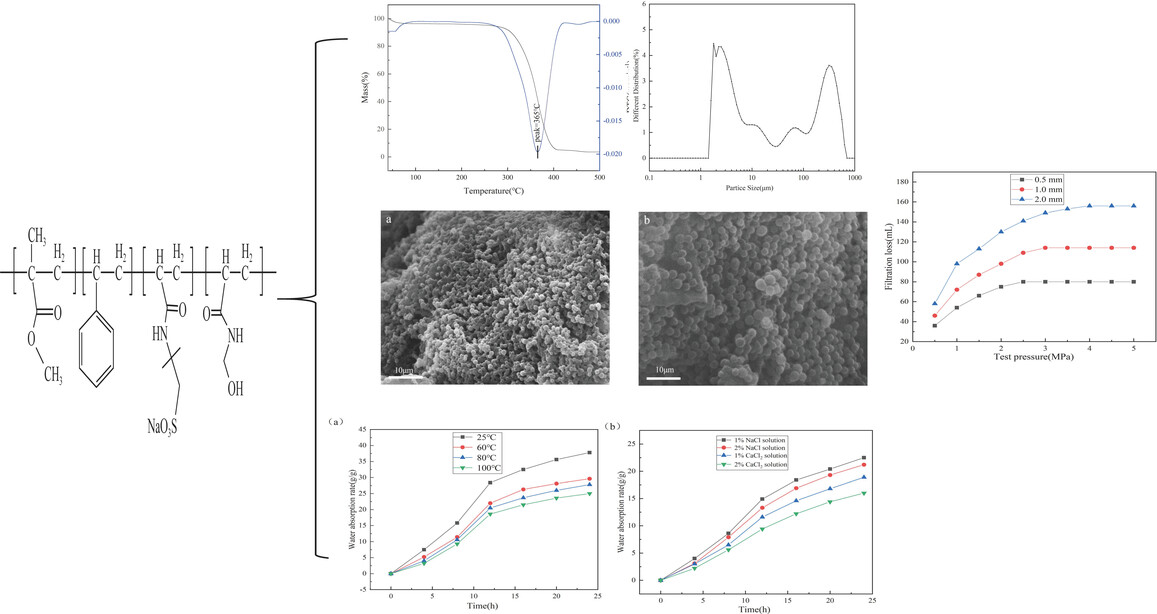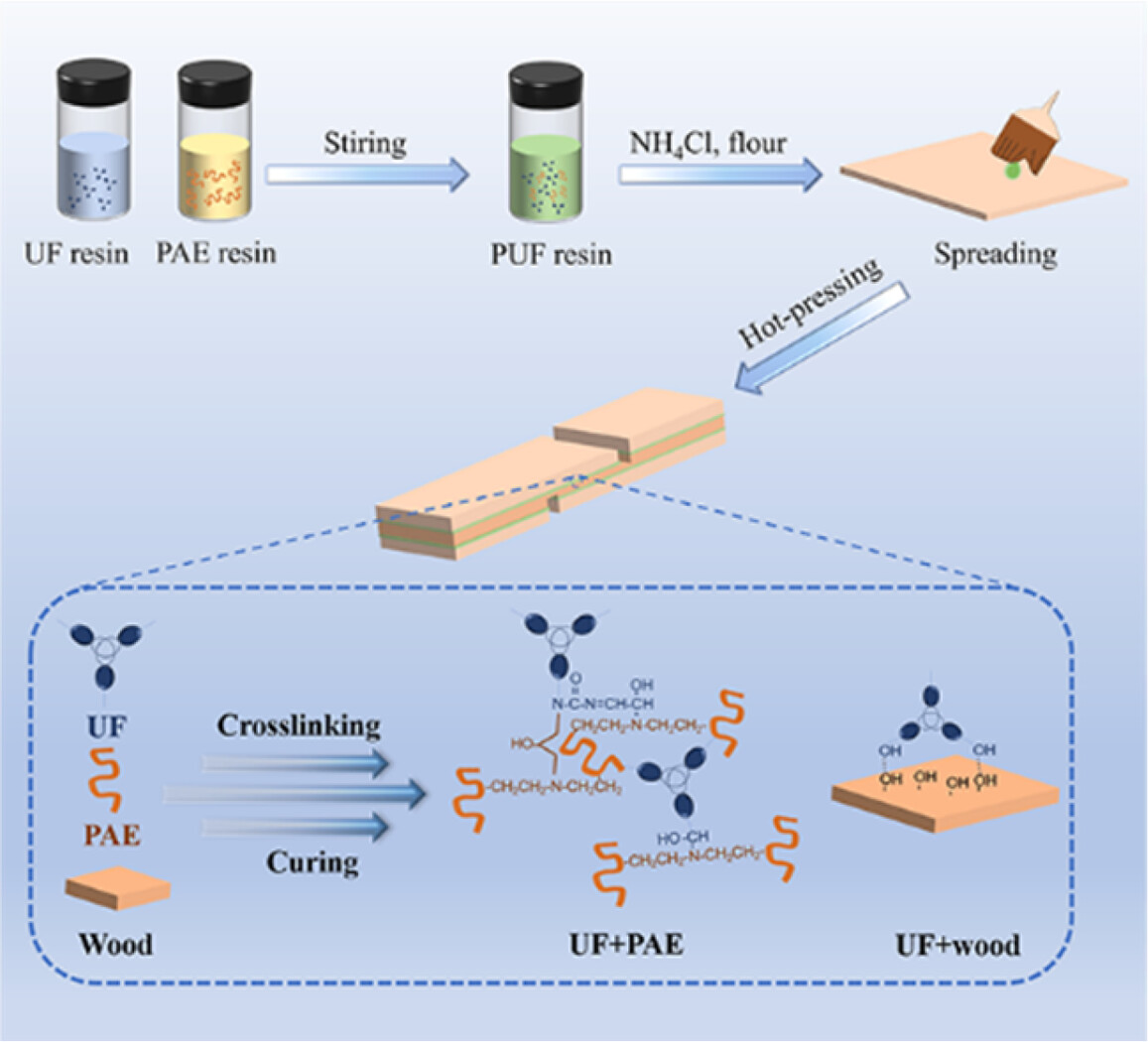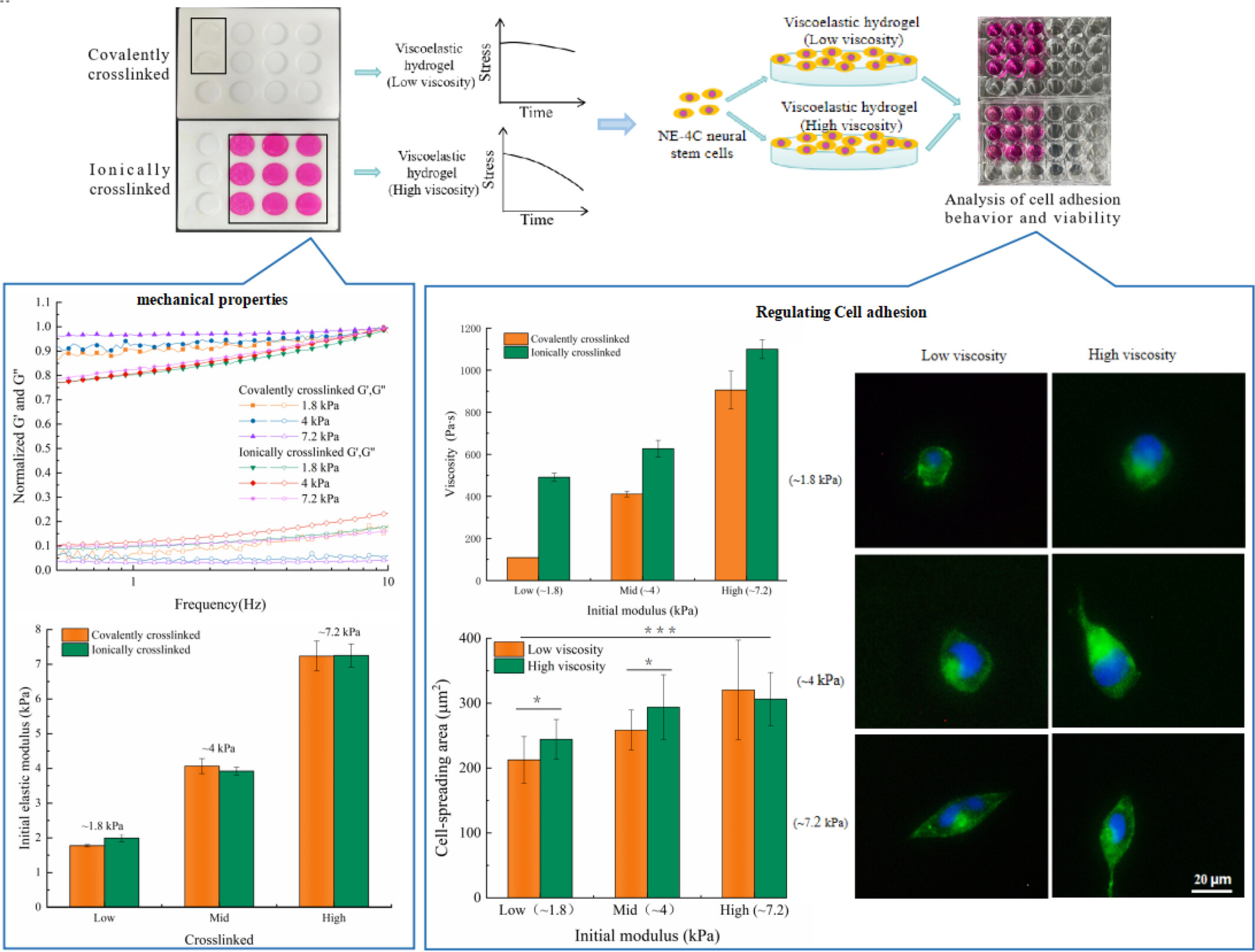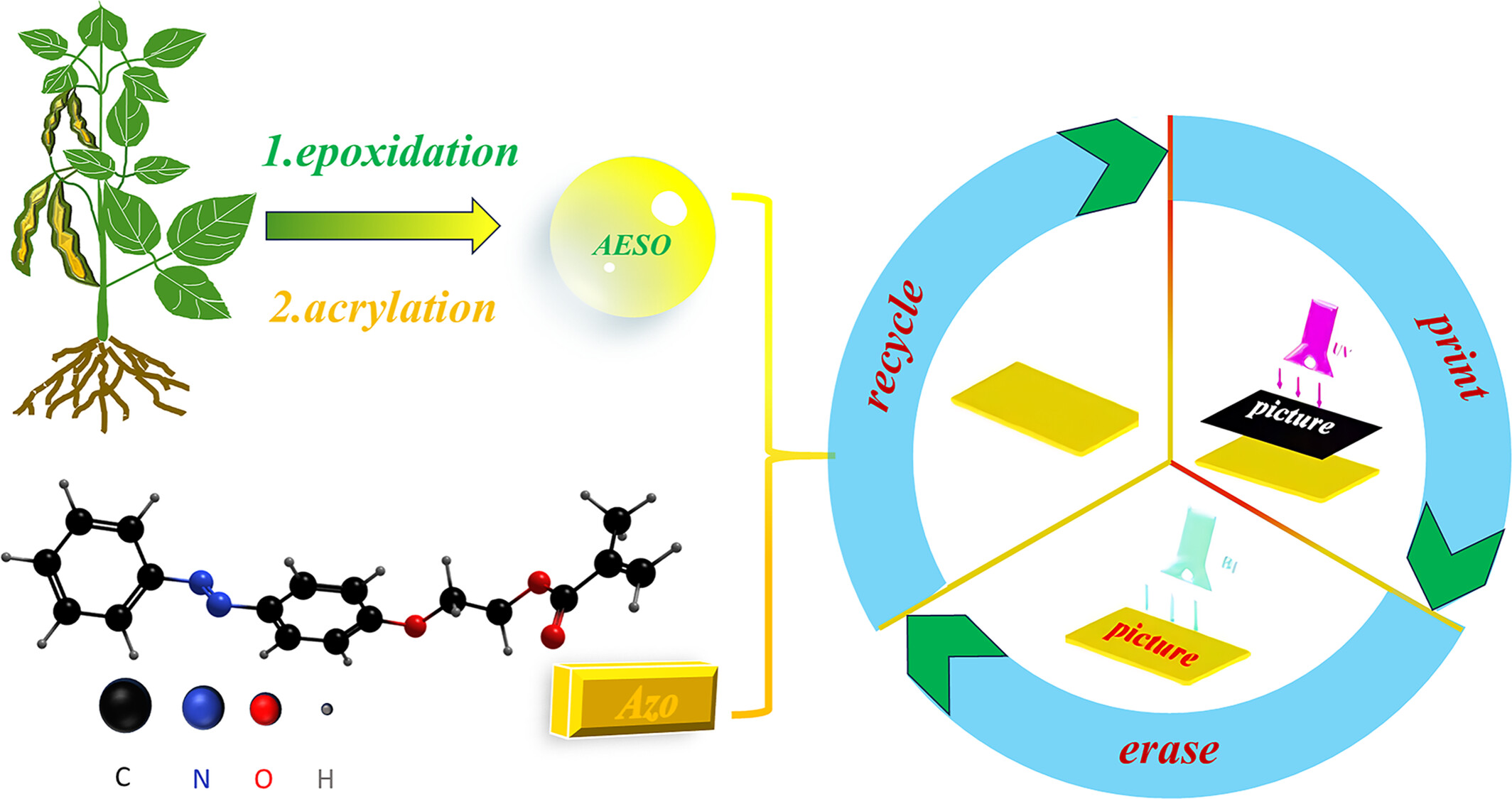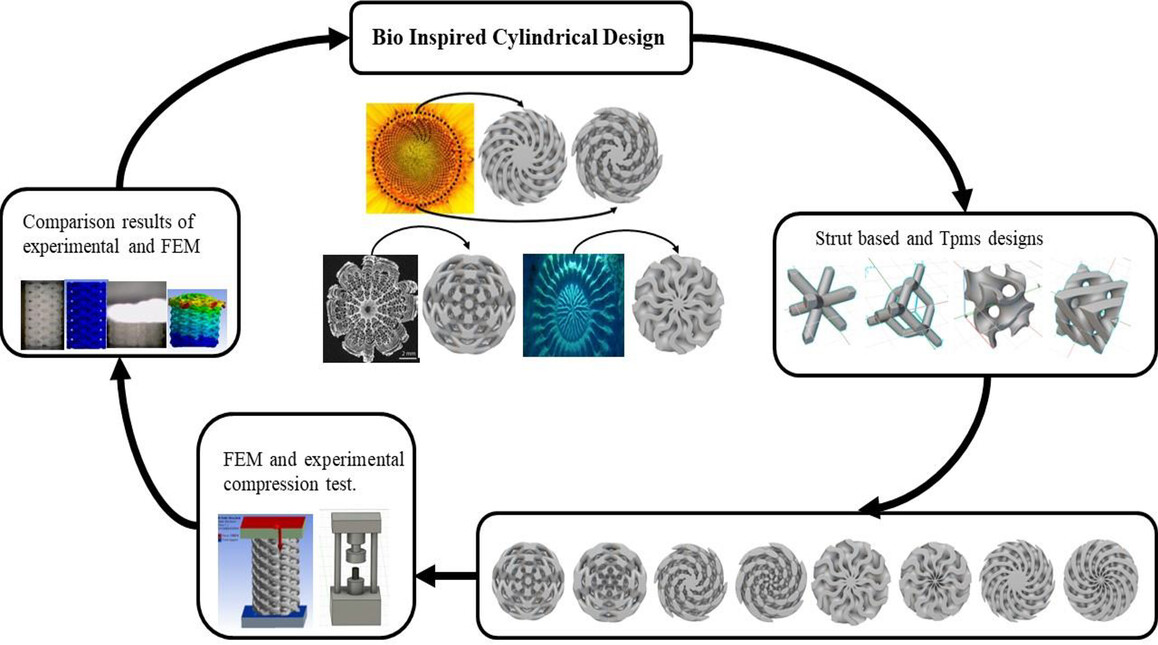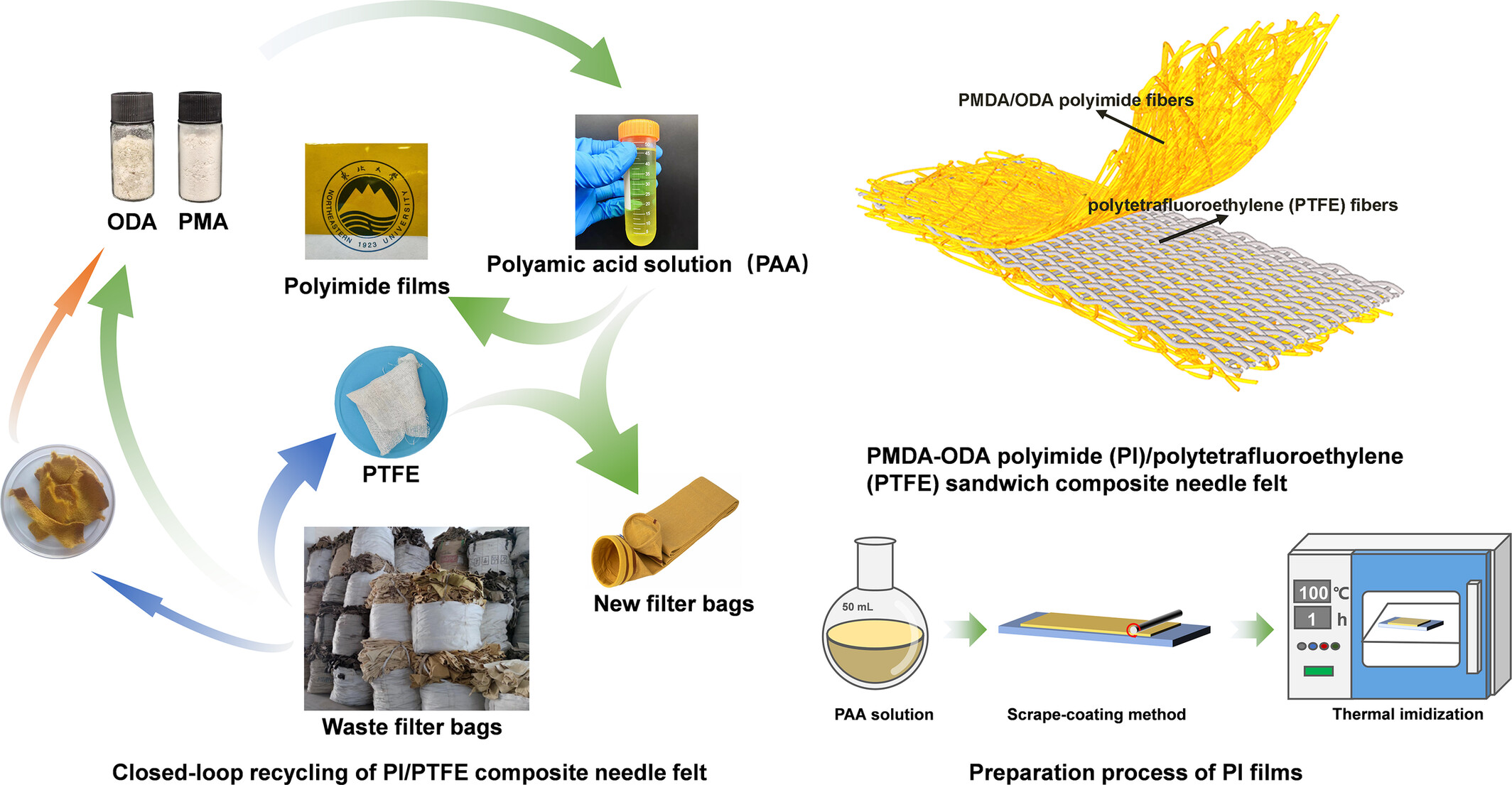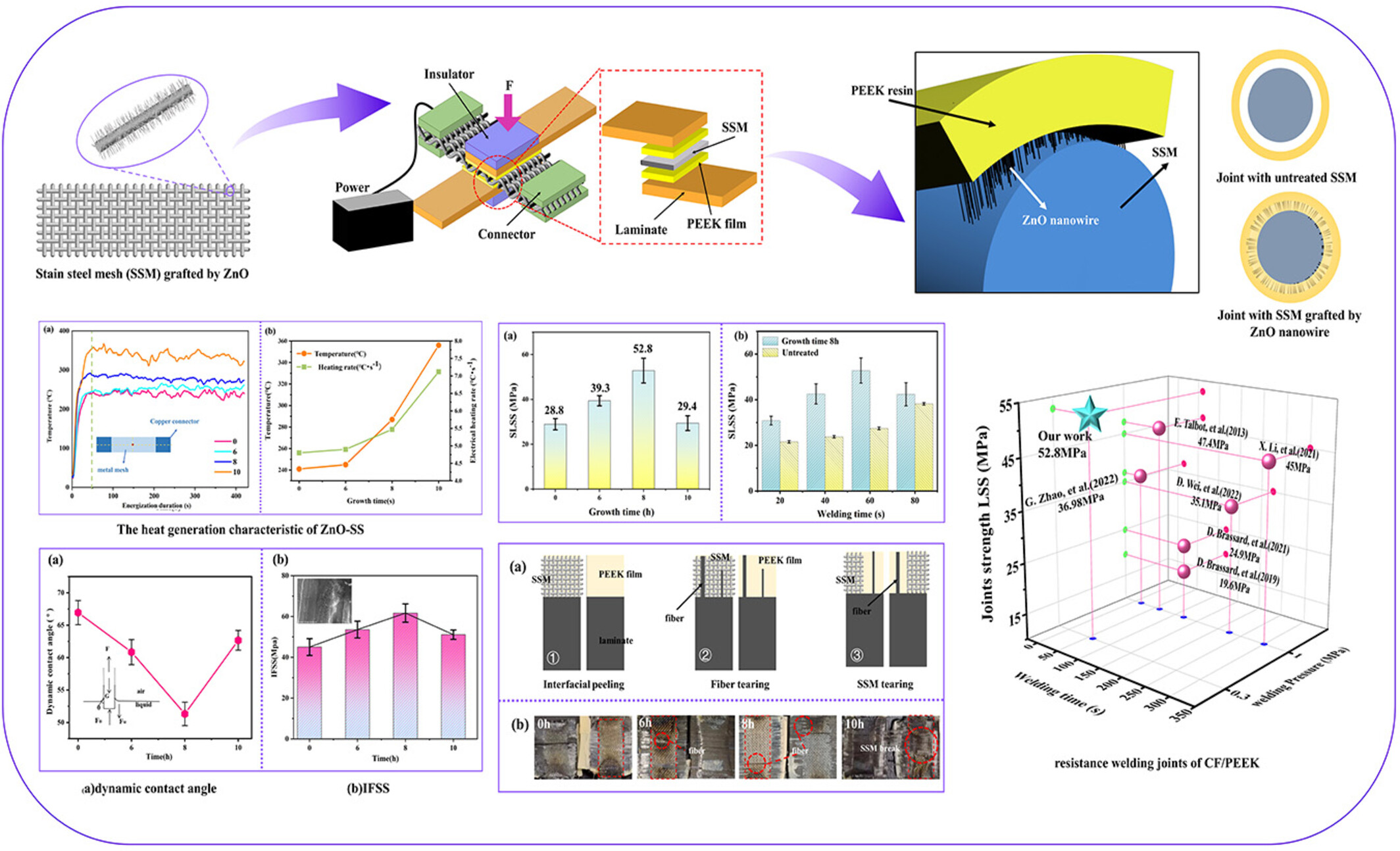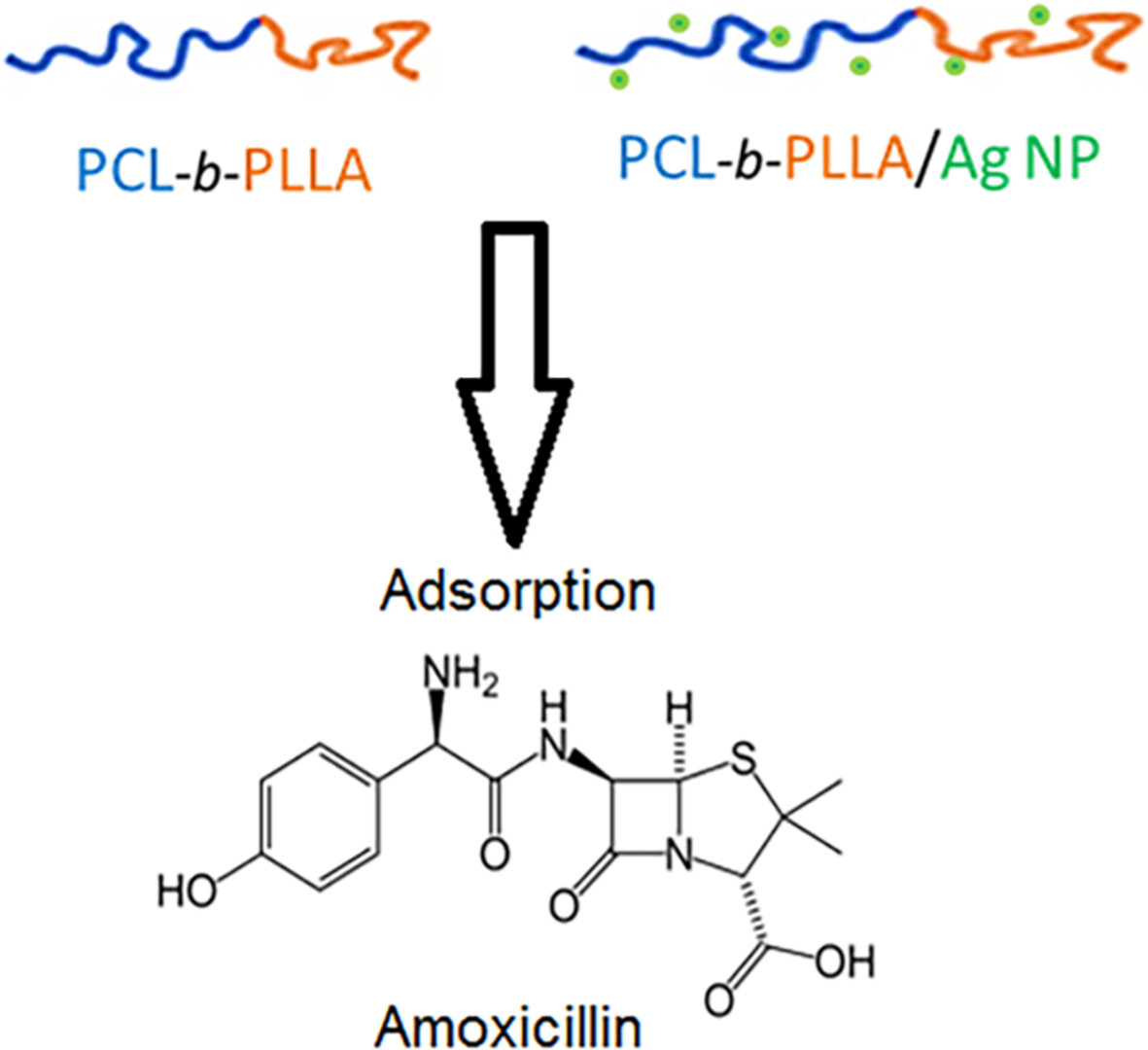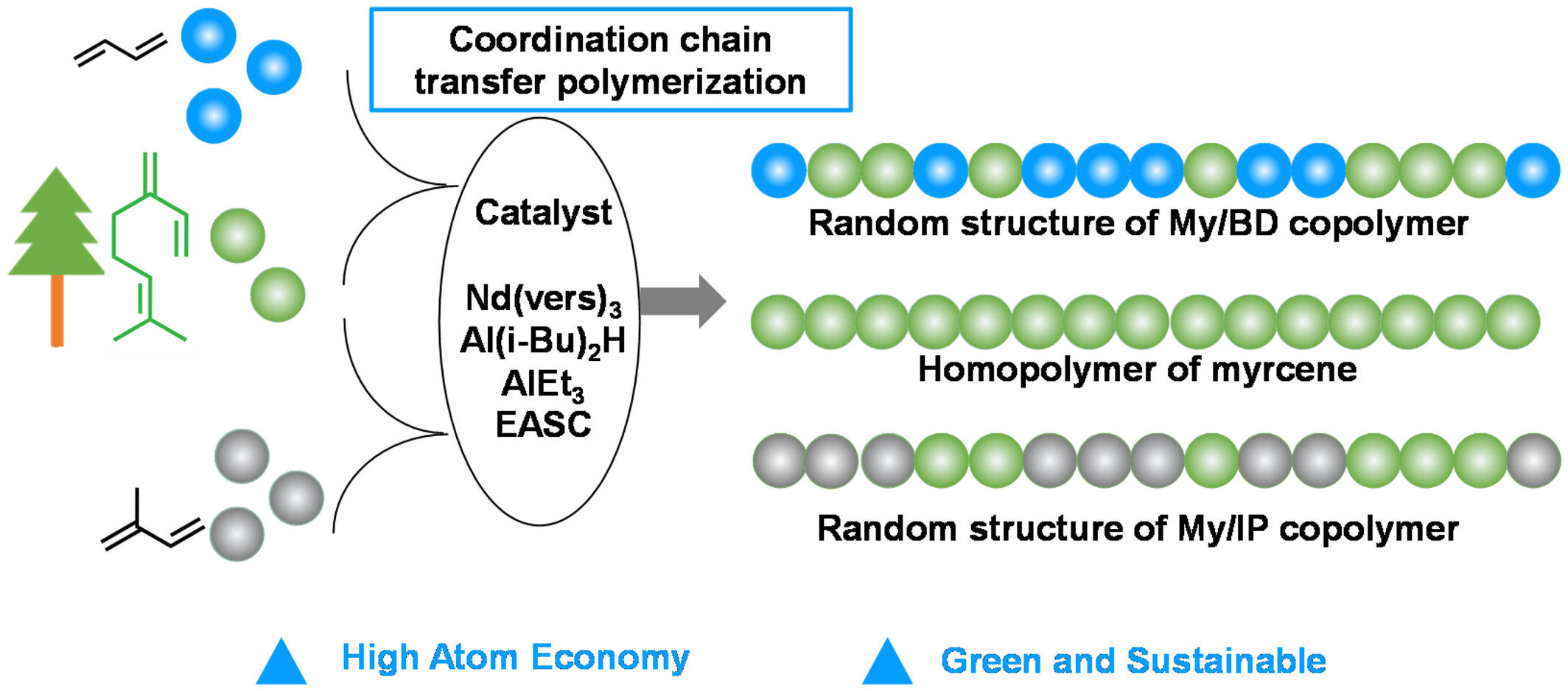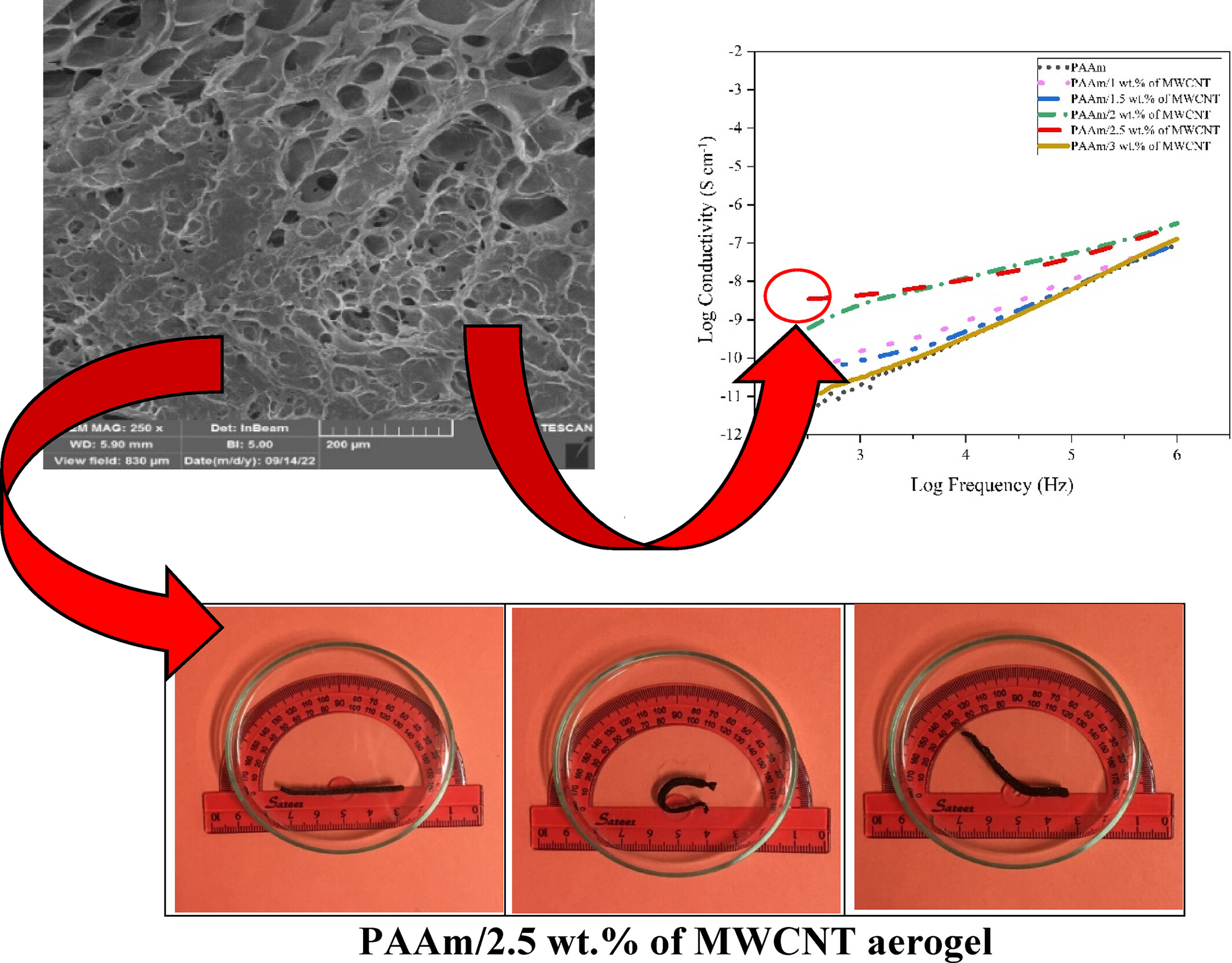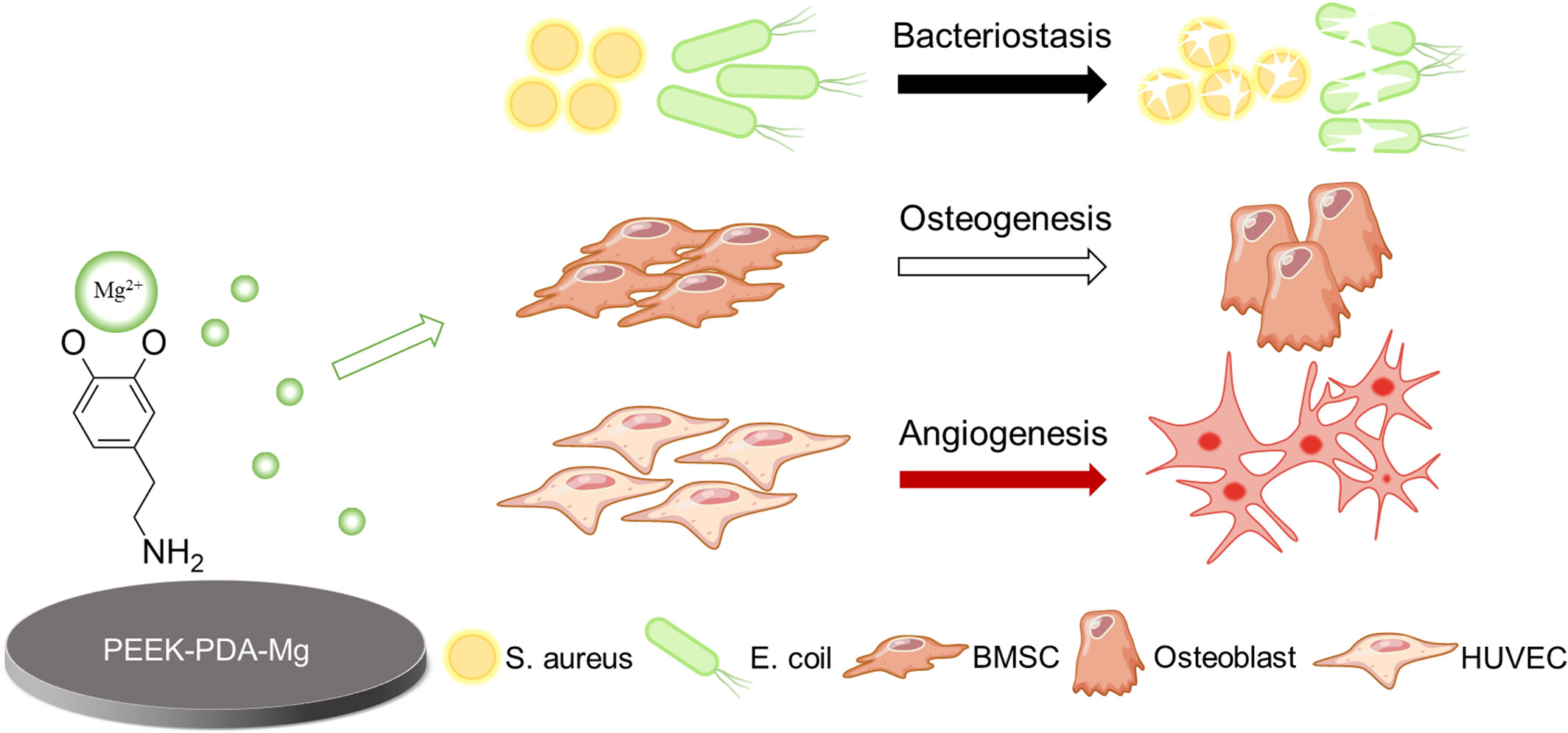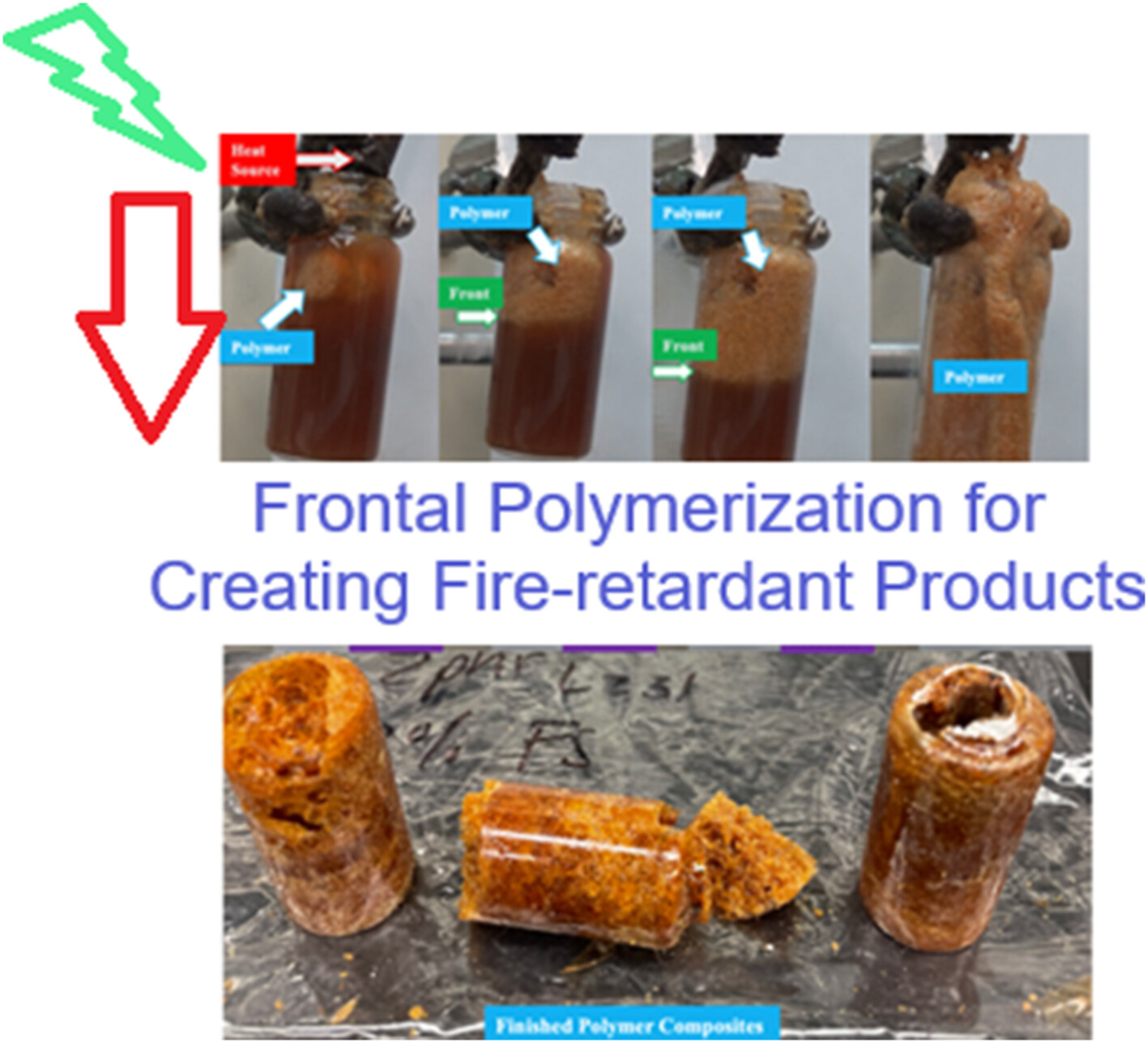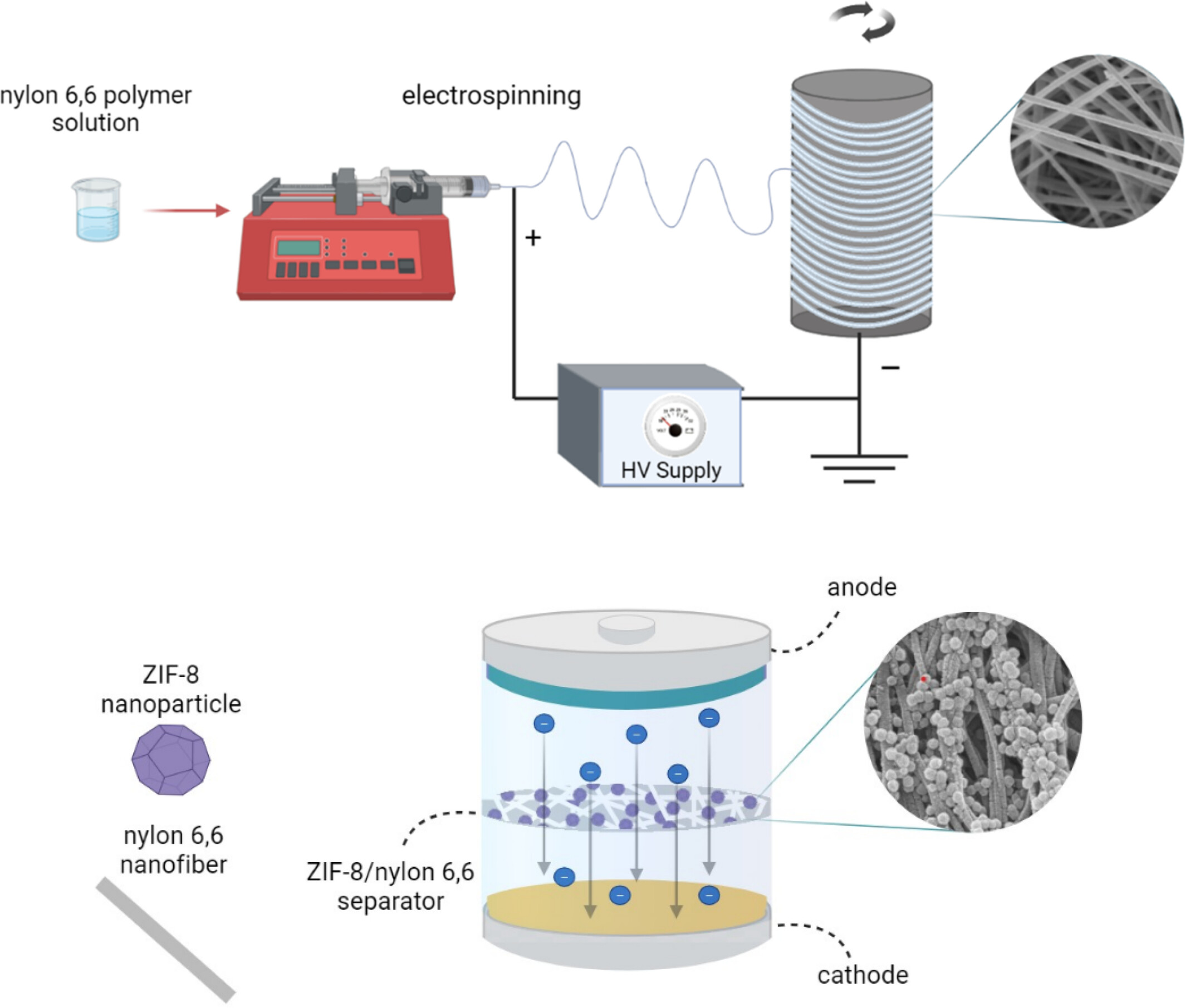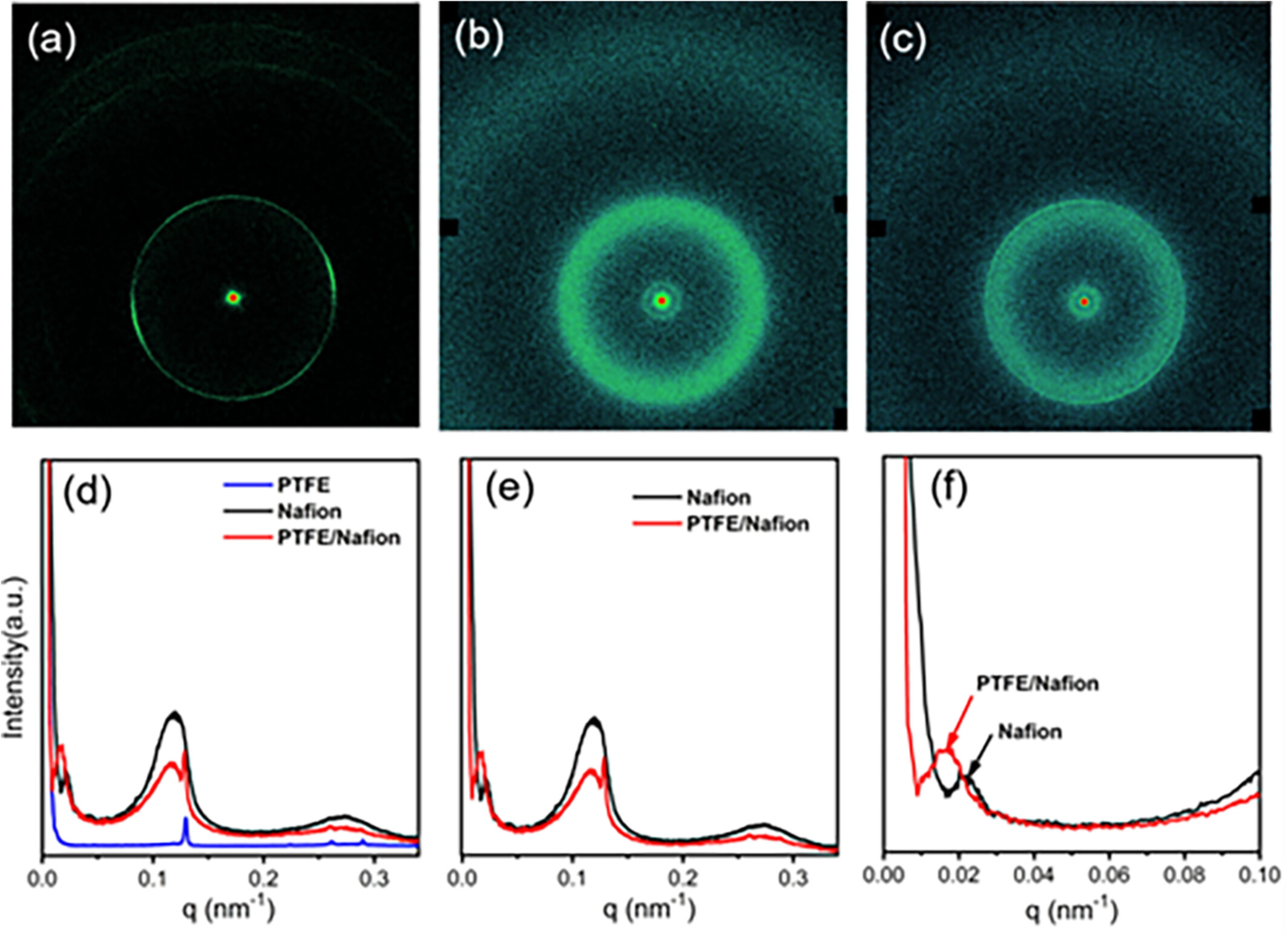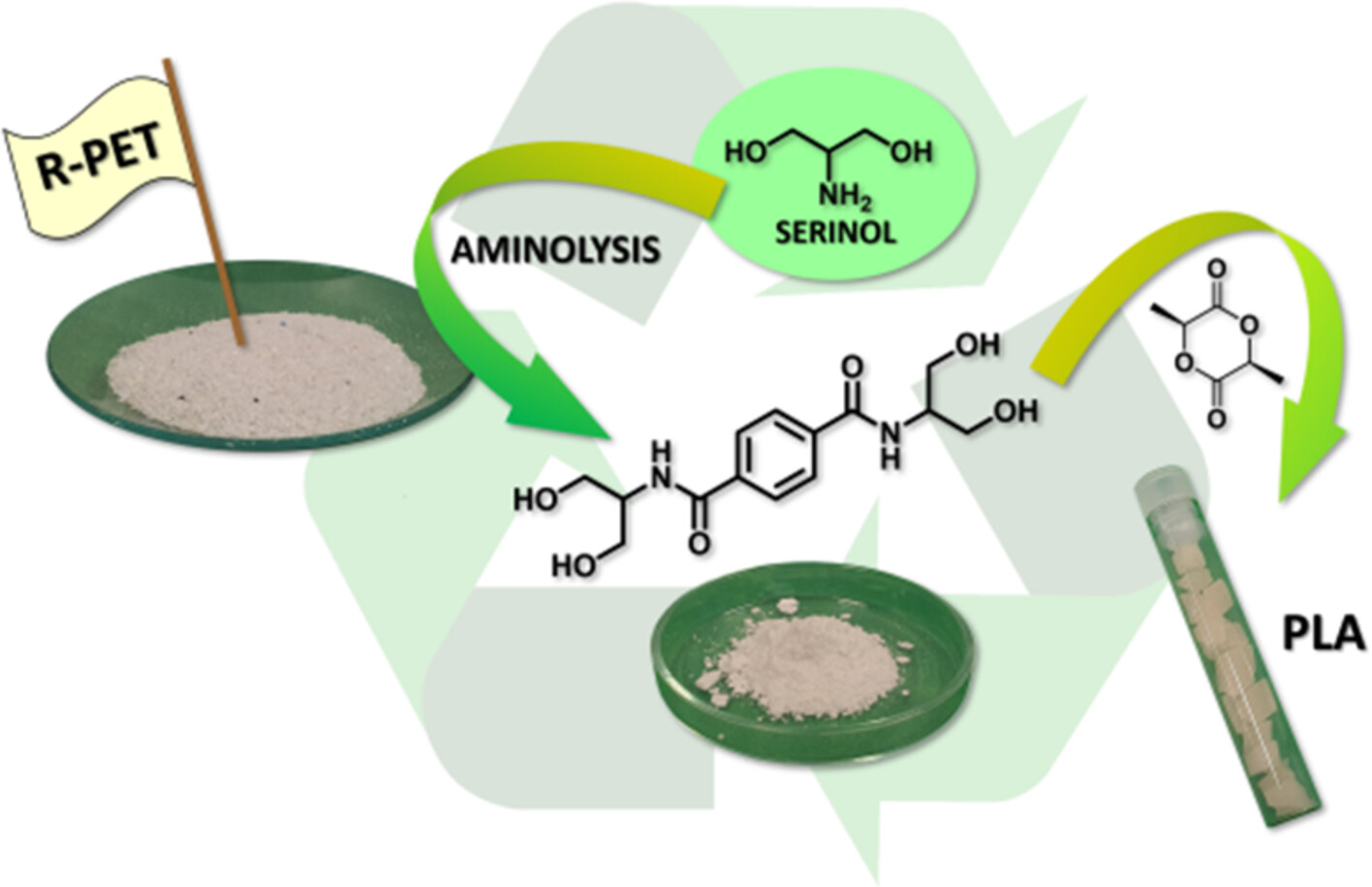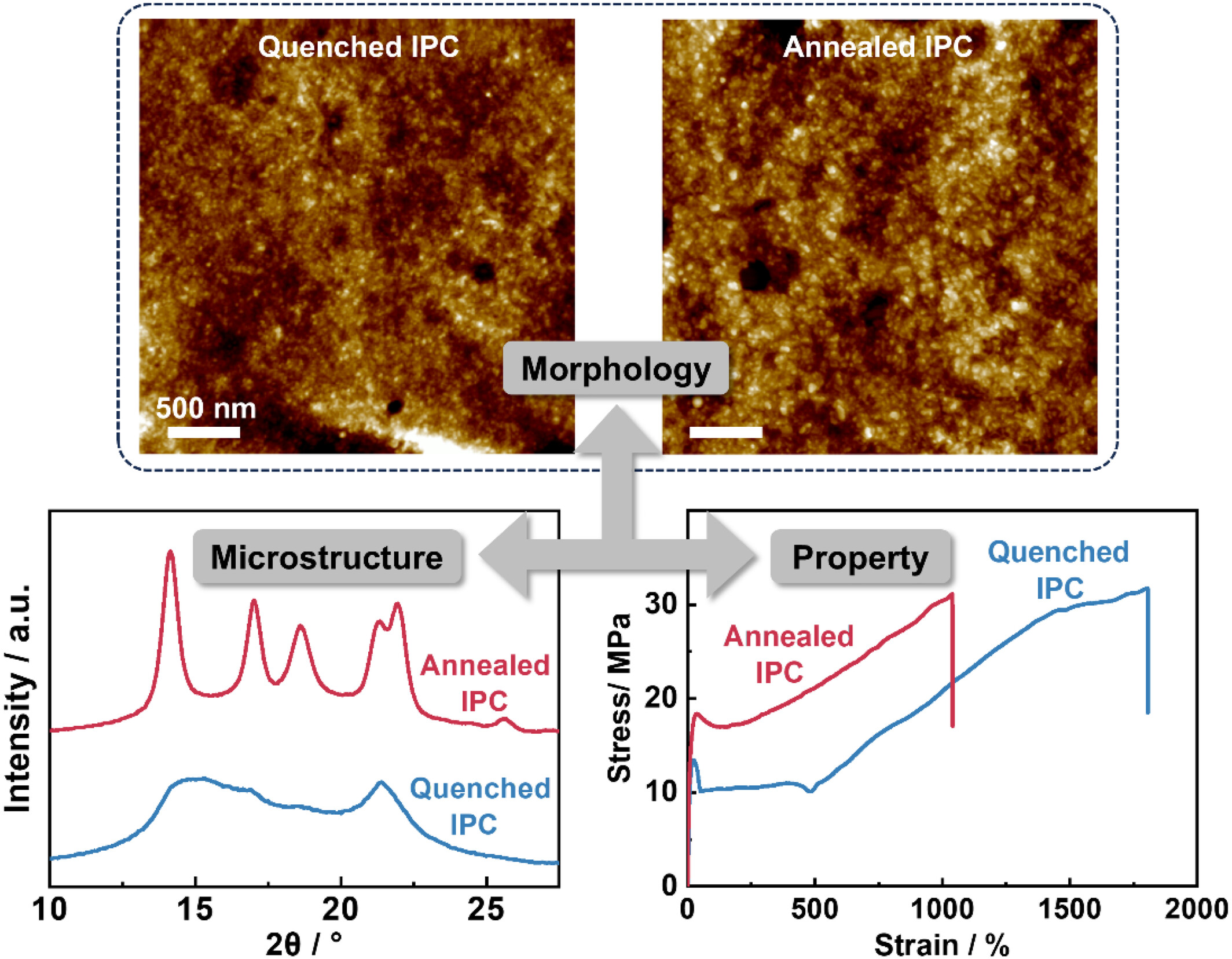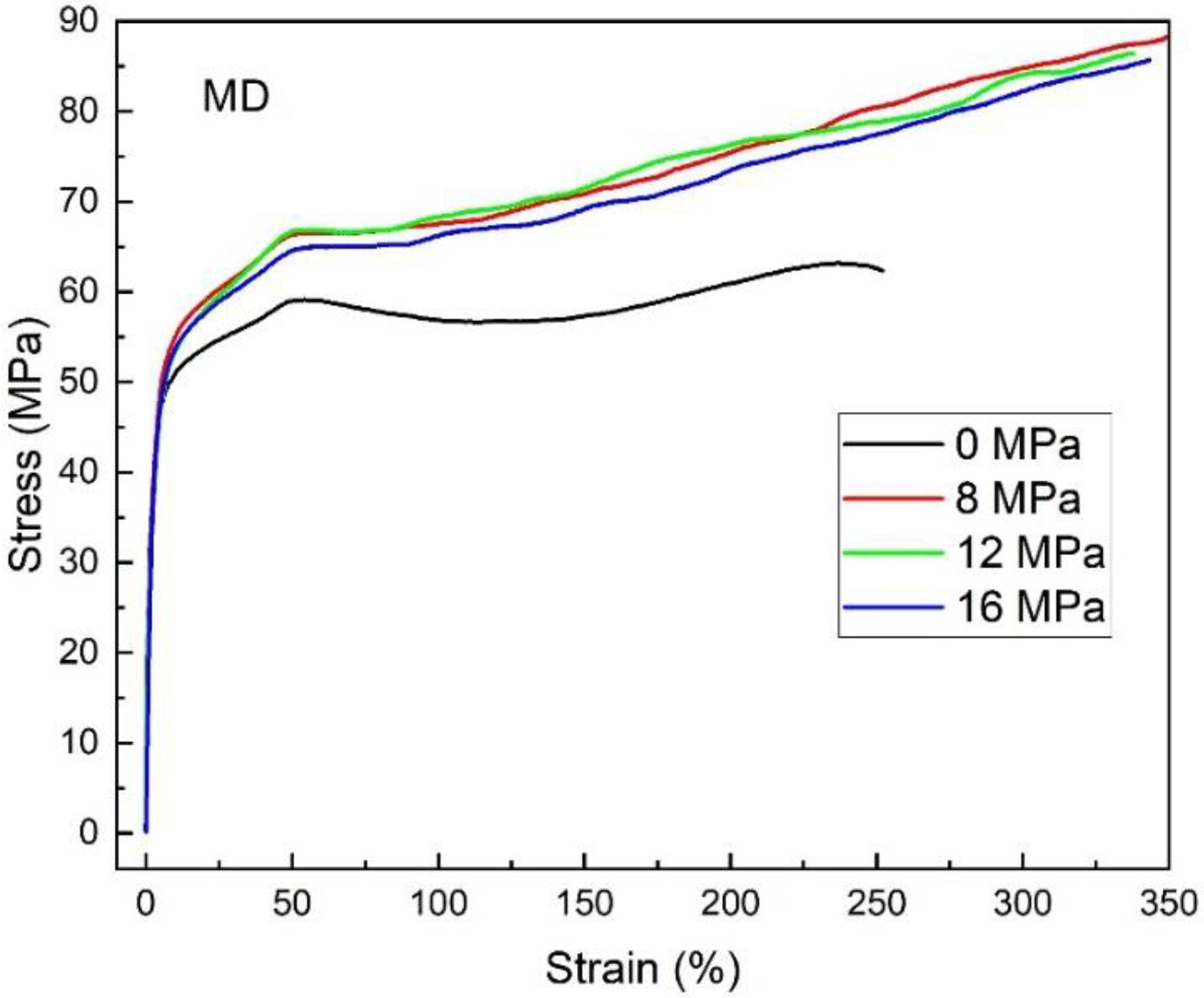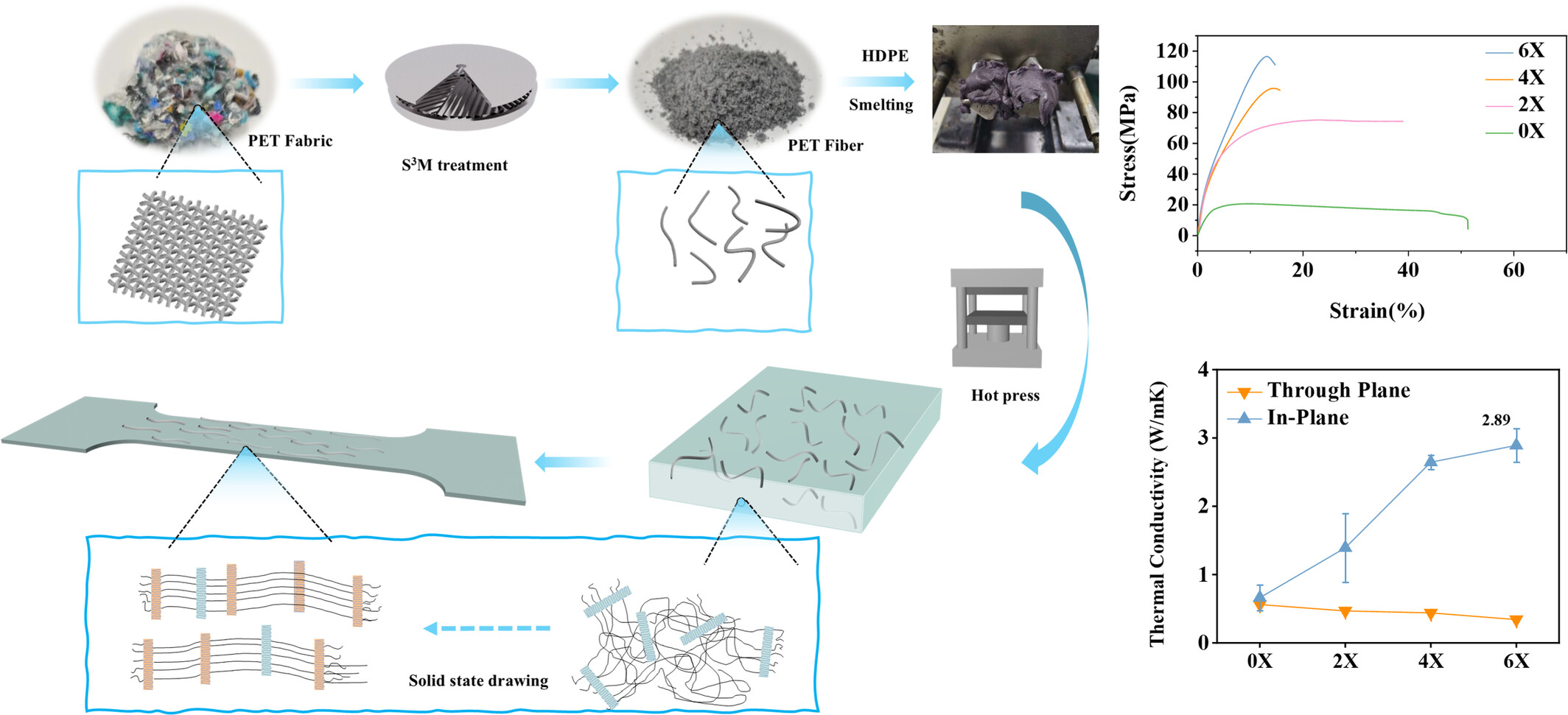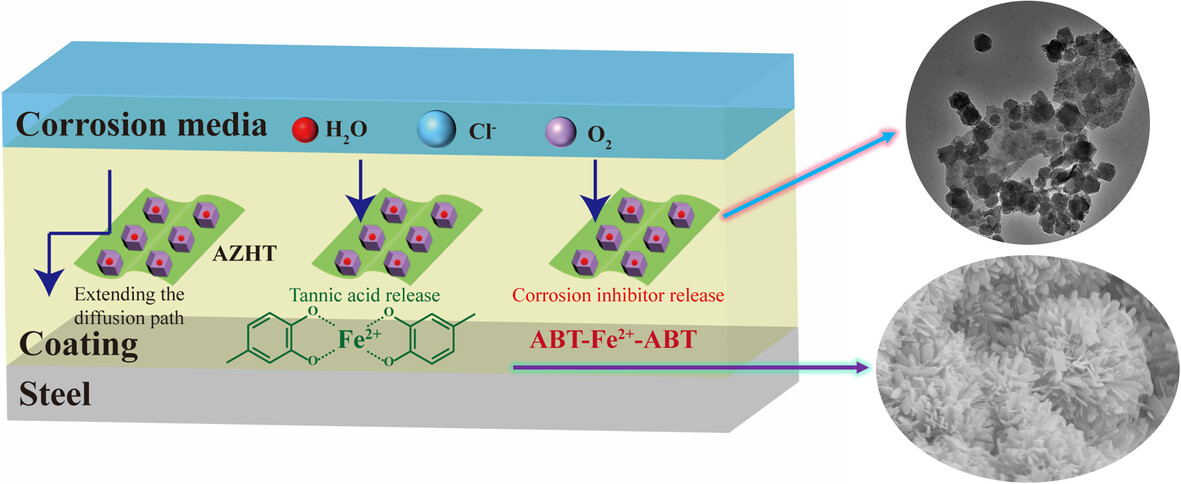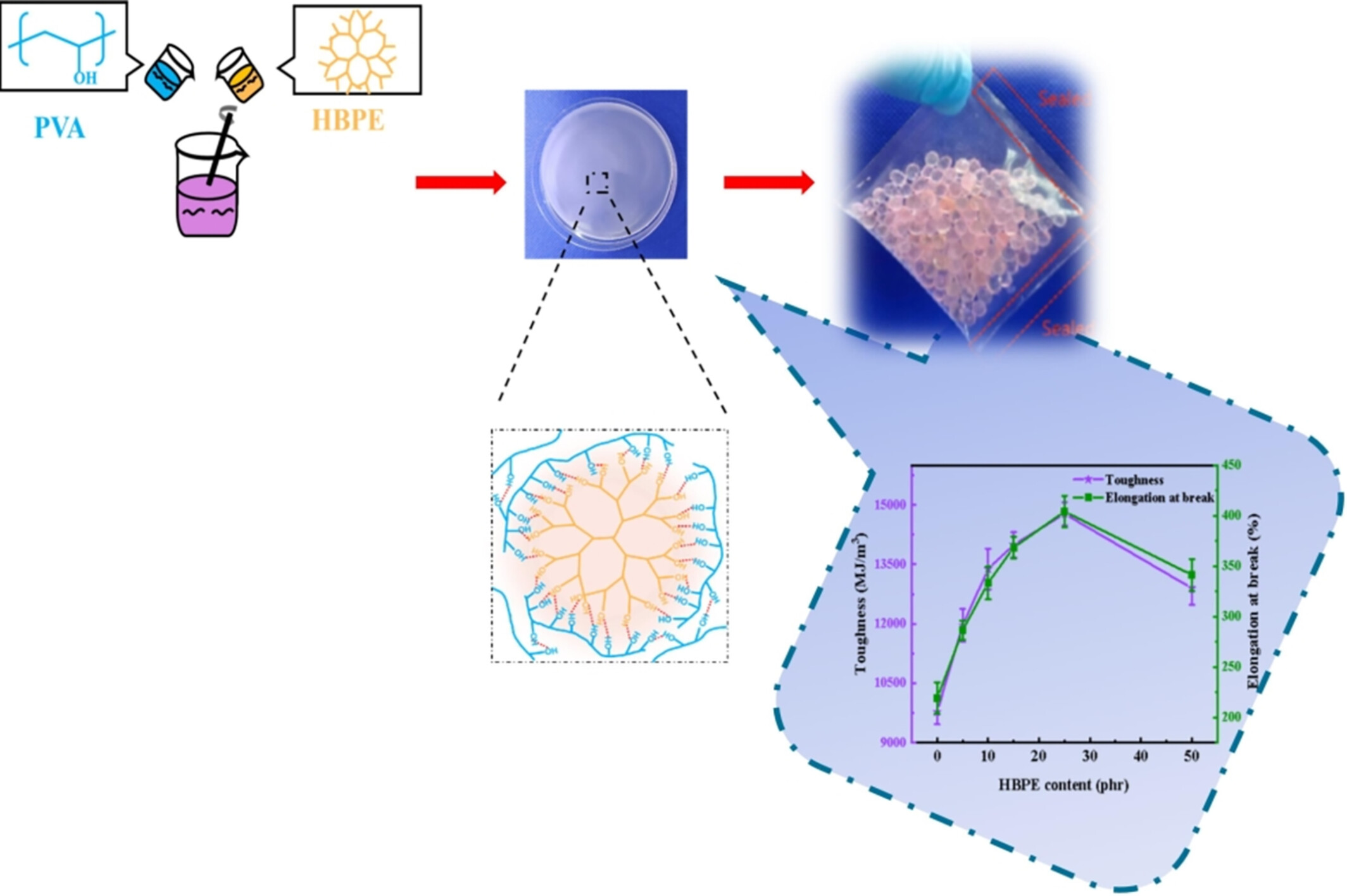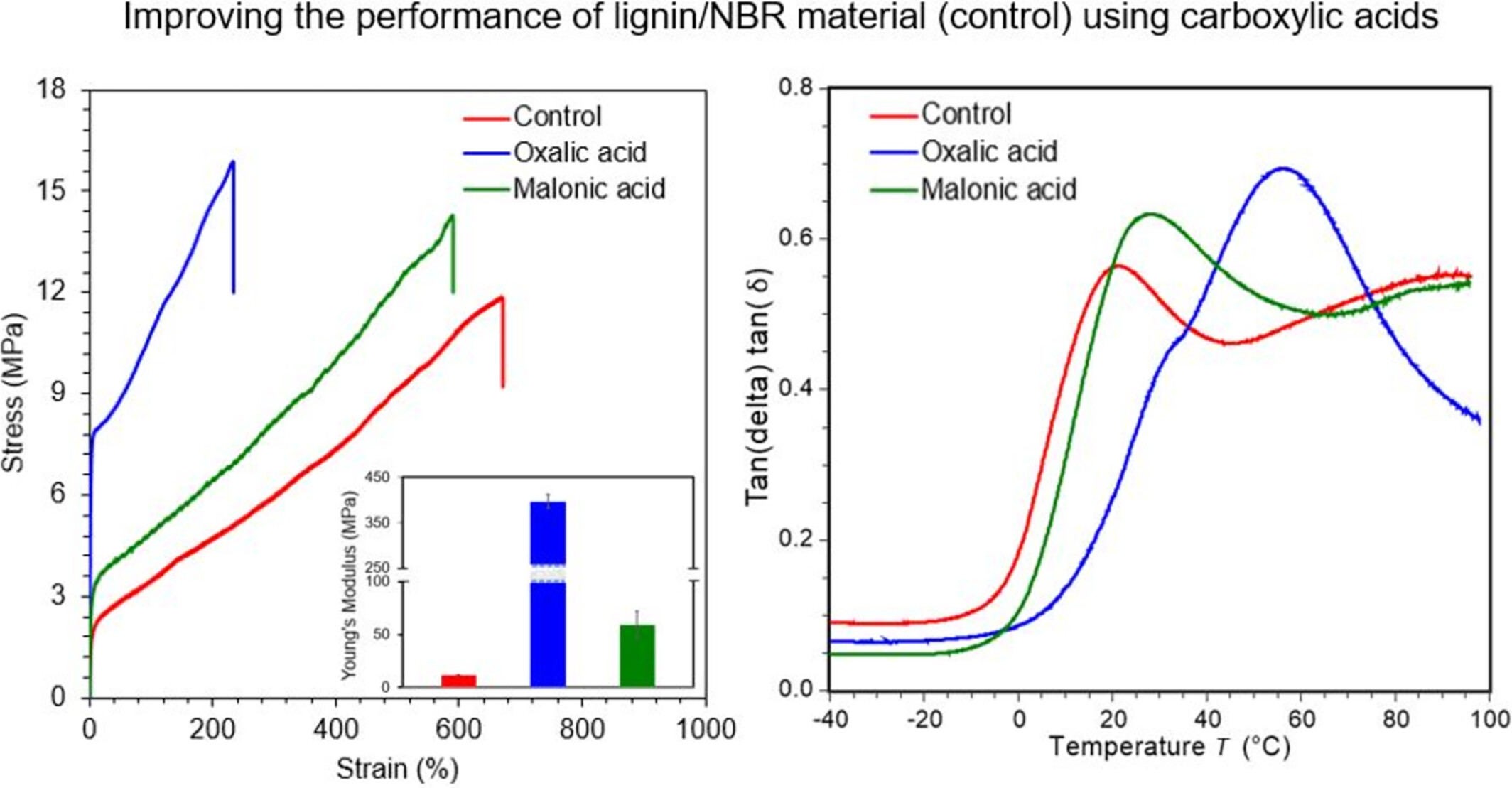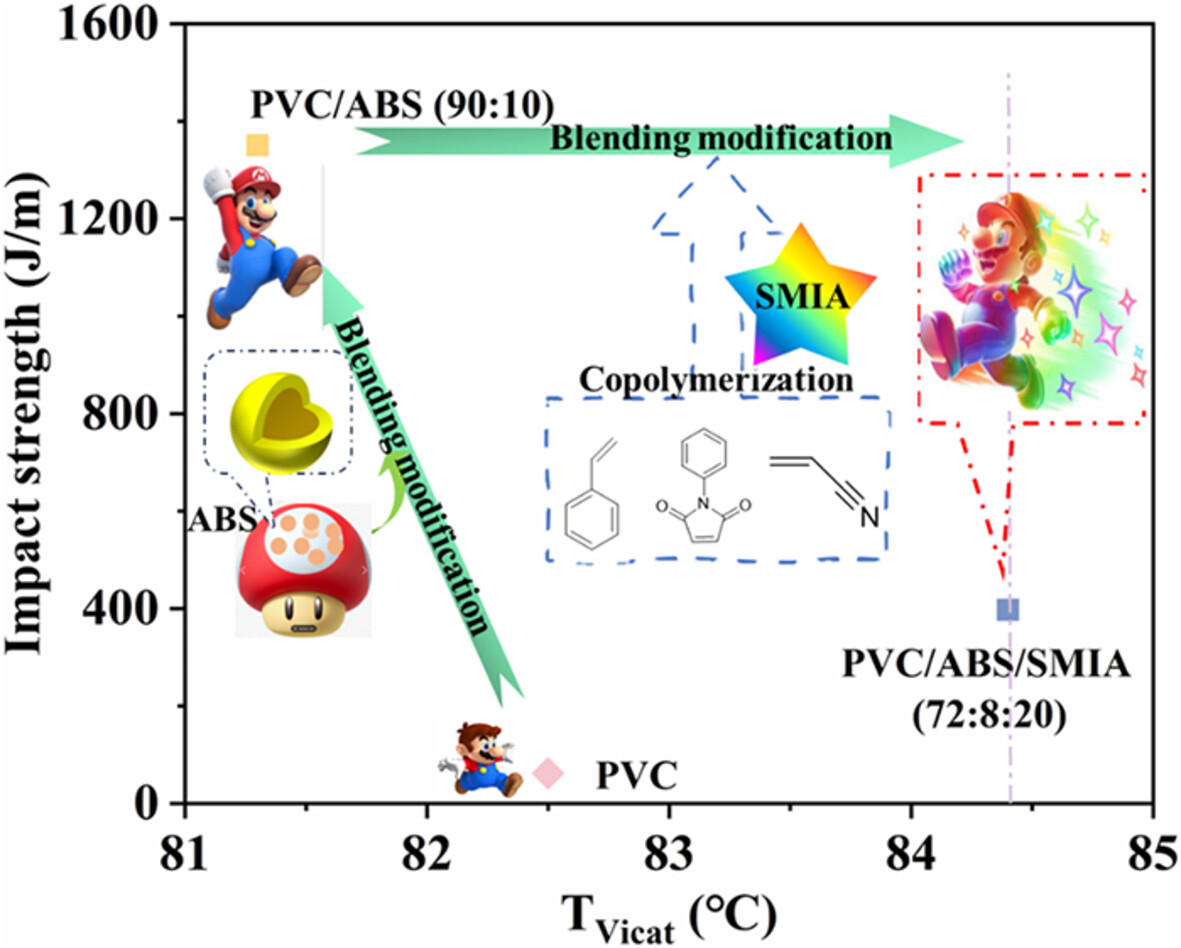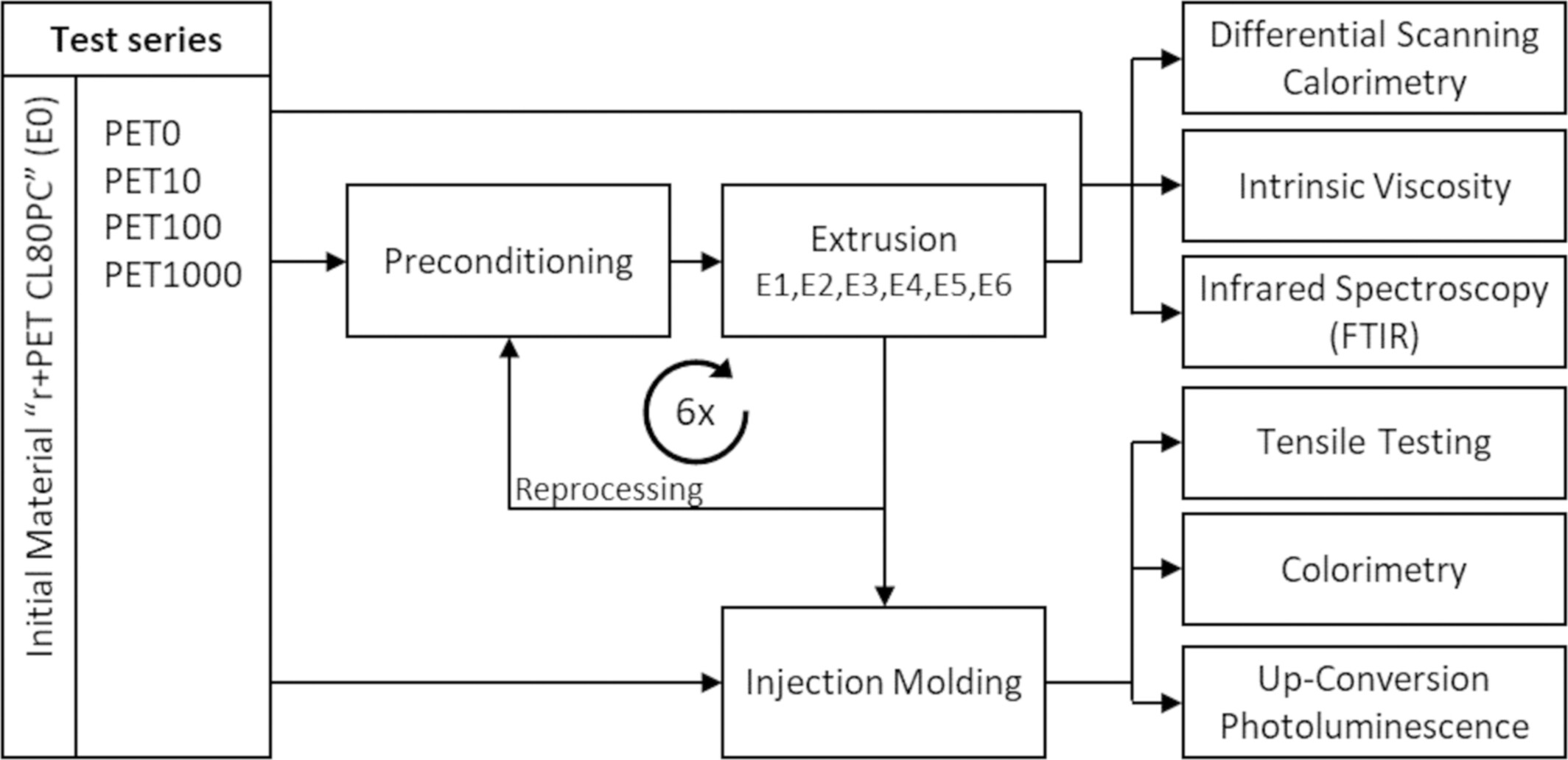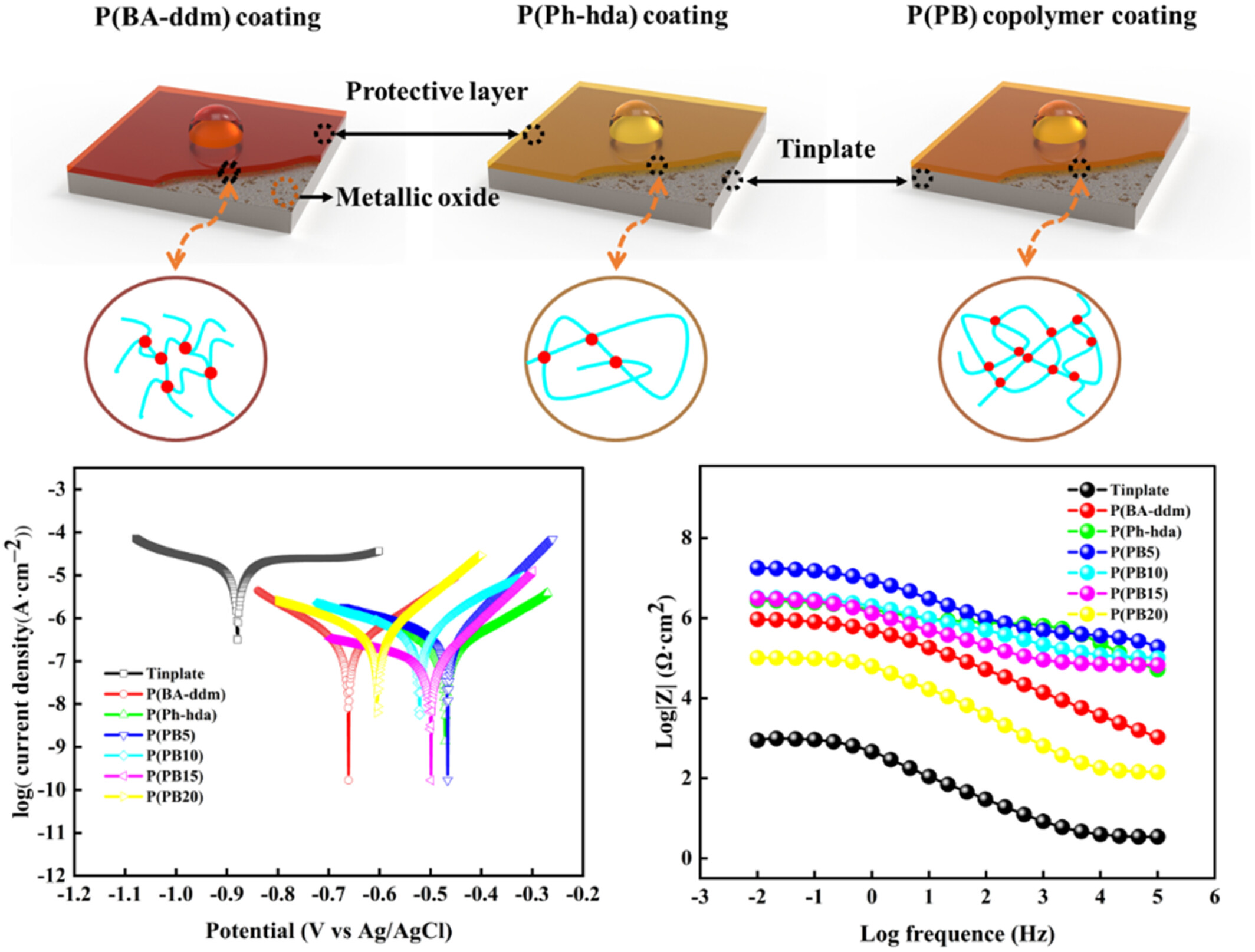Journal list menu
Export Citations
Download PDFs
ISSUE INFORMATION
RESEARCH ARTICLE
Fibrous-biocomposites scaffold of natural rubber with bioactive glass–ceramic particles obtained by solution blowing spinning
- First Published: 05 November 2024
Preparation of Expandable Polymer Plugging Agent and Its Application in Water-Based Drilling Fluid
- First Published: 02 December 2024
Biobased Reactive Flame Retardant With the Phenylethylamine Structure for Enhancing Flame Retardancy and Mechanical Properties of Epoxy Resins
- First Published: 02 December 2024
Development of High Strength, High Water Resistant, Low-Formaldehyde Emission Urea-Formaldehyde Adhesive and Its Effect on the Properties of Wood Composites
- First Published: 07 December 2024
Viscoelastic Alginate-Based Hydrogels: Regulating Neural Stem Cell Behavior Through Viscosity
- First Published: 02 December 2024
Design and Study of Azobenzene-Modified AESO Photopolymerization Coating for Information Reversible Storage Performance
- First Published: 03 December 2024
Bio-Inspired Graded and Uniform Cylindrical Lattices Fabricated by Material Extrusion 3D Printing: An Experimental and Numerical Investigation
- First Published: 03 December 2024
Microcrystalline Cellulose/Poloxamer Temperature Sensitive Hydrogel Loaded With Red Ginseng Extract to Promote Skin Wound Healing
- First Published: 02 December 2024
Chemical Recycling of Used PI/PTFE Sandwich Composite Filter Bags
- First Published: 05 December 2024
Resistance Welding Joints of CF/PEEK Orthogonal Laminates Strengthened by in situ Grafting of ZnO-Nanowires: Preparation, Properties, and Mechanism
- First Published: 03 December 2024
Cationic Lignin and Cellulose Fiber Incorporated Polyvinyl Alcohol Film
- First Published: 10 December 2024
Removal of Amoxicillin Using a New Adsorbent: Silver Nanoparticle Modified With Poly(ε-Caprolactone)-Block-Poly(L-Lactide) Copolymer
- First Published: 02 December 2024
Neodymium-Mediated Coordinative Chain Transfer Homopolymerization of Bio-Based Myrcene and Copolymerization With Butadiene and Isoprene
- First Published: 09 December 2024
Shape Memory Behavior of Polyacrylamide/Multi-Walled Carbon Nanotubes Nanocomposite Aerogel
- First Published: 10 December 2024
Regulated Magnesium Ion Release From Polydopamine-Mg Modified Polyetheretherketone Surface for Improved Anti-Infection and Osseointegration Properties
- First Published: 09 December 2024
Relationships Between Mechanical Behavior and Structure/Properties for Macroscopically Homogeneous Porous Composites Containing Randomly Shaped Filler
- First Published: 11 December 2024
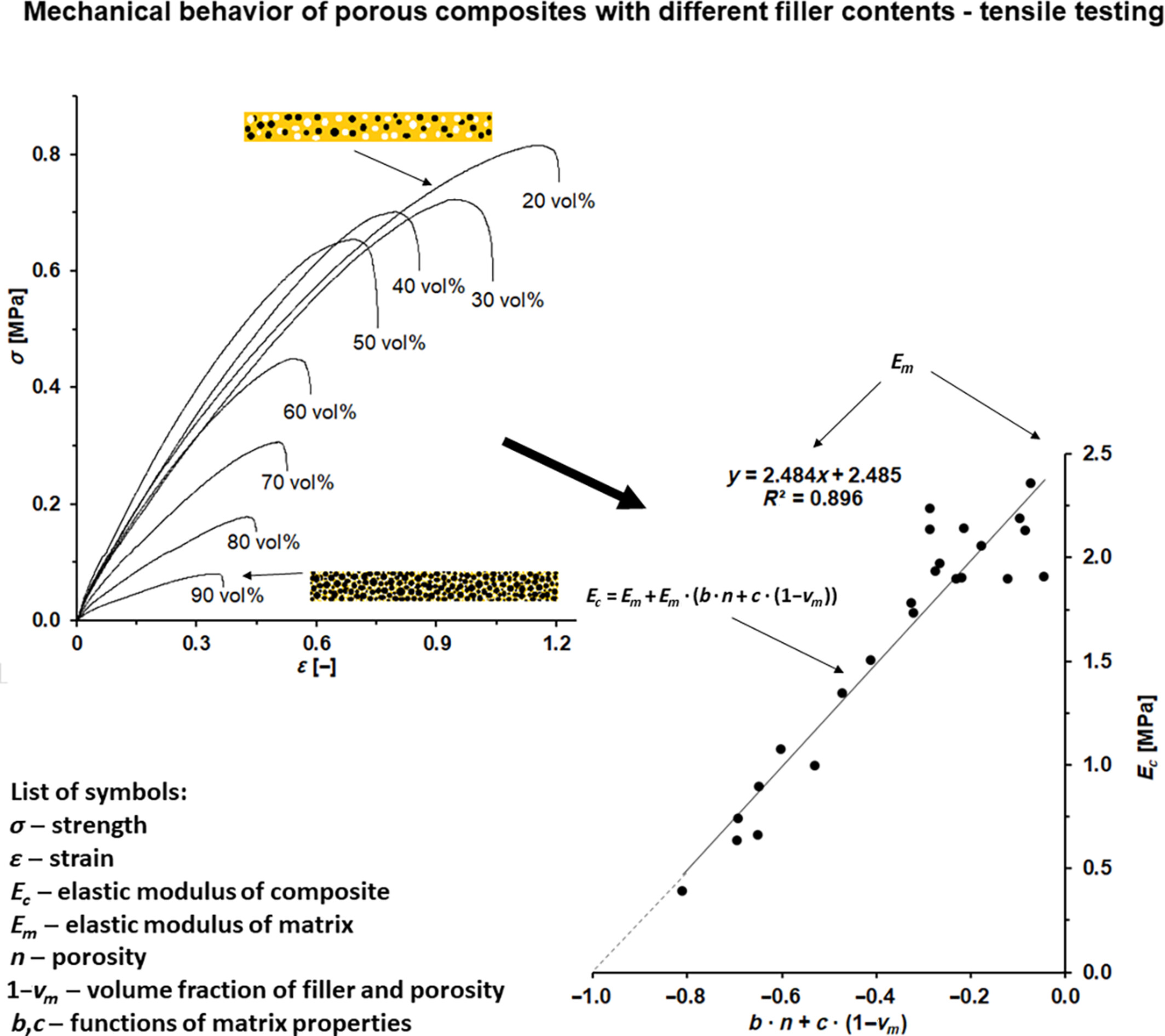
The main contribution is the fitting for values of mechanical properties of the porous composite samples by an appropriate linear function containing displacement and slope as matrix property value and then suitable structural parameters multiplied by fitting parameters. The fitting parameters are appropriate for interpolation by matrix properties. Samples can contain different matrices but only one type of filler.
Frontal Polymerization of Phytic Acid Containing Hexaacrylate, Triacrylate, and Fillers
- First Published: 16 December 2024
Insights Into the Thermal Stability and Proton Transport Mechanism of PTFE-Nafion Composite Membranes
- First Published: 02 December 2024
Upcycling of Postconsumer PET Using Serinol: Green Preparation of a New Multifunctional Initiator for PLA
- First Published: 05 December 2024
Probing Into the Annealing Effects on Microstructure and Mechanical Properties of Impact Polypropylene Copolymer With Nodular Crystalline Morphology
- First Published: 02 December 2024
Effect of Supercritical Carbon Dioxide Treatment on Physical Properties of Polypropylene Films
- First Published: 20 December 2024
The Upcycling of Polyester Fabric for High-Performance HDPE/WPET Composites via Solid-State Drawing
- First Published: 09 December 2024
Dual-Loading Strategy Constructing Smart Coatings With Novel Hydroxyapatite/ZIF-8 Composites
- First Published: 24 December 2024
Noncovalent Cross-Linked Network-Reinforced High-Toughness Polyvinyl Alcohol/Hyperbranched Polyester Films Obtained Through Solution Blending
- First Published: 11 December 2024
Lignin-Modified Epoxy Resin With Good Mechanical and Shape Memory Performance Fabricated by Synergistic Dispersion and Crosslinking With Polyetheramine
- First Published: 13 December 2024
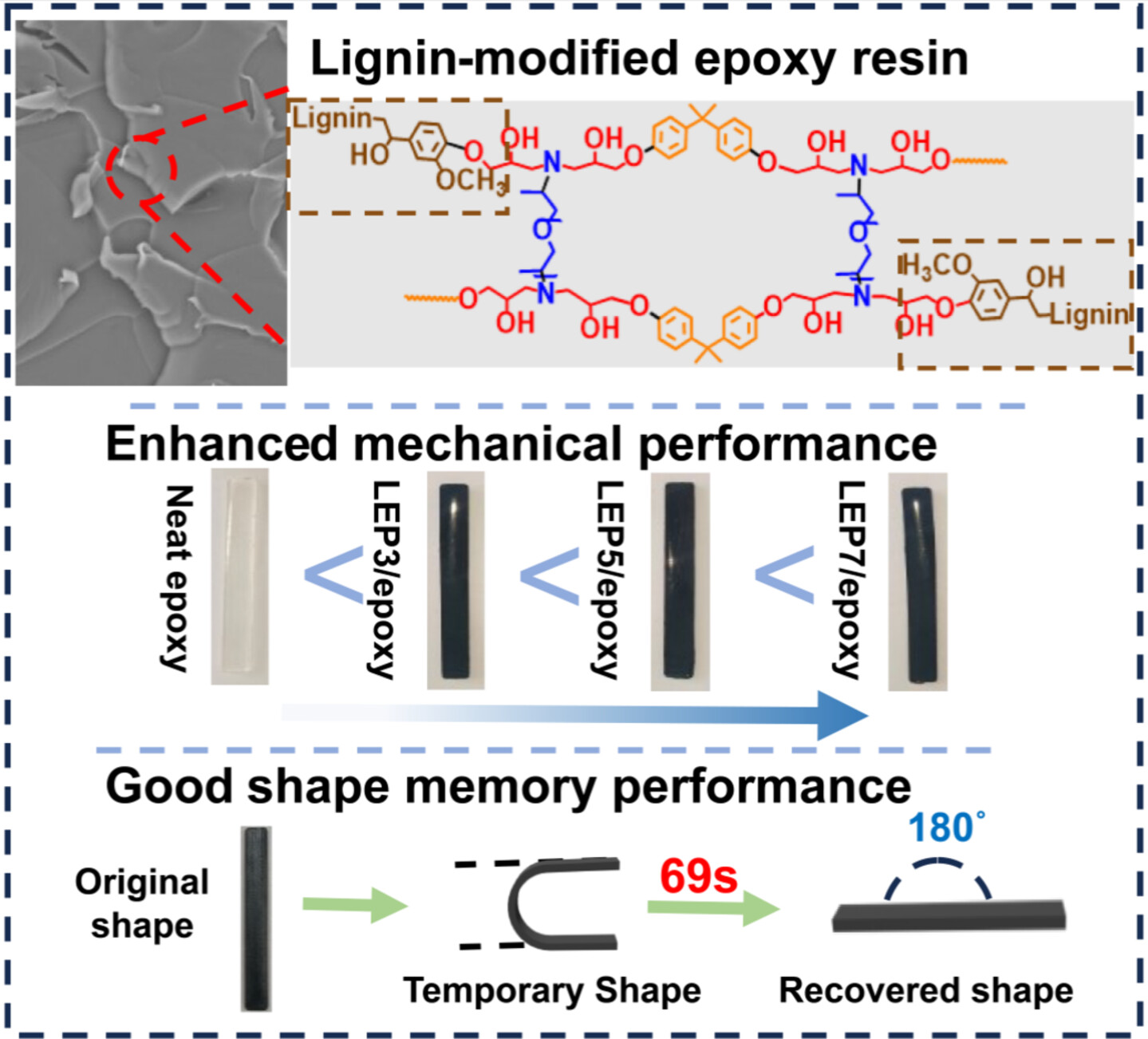
After being modified with the method of epoxidation, lignin molecules were homogeneously introduced into the epoxy resin with the aid of synergistic dispersion and crosslinking of polyetheramine without using organic solvents. It is the rigid lignin chemically crosslinked into the epoxy resin network that endowed the cured samples with good mechanical and thermal performance.
Enhancing the Performance of Lignin/Acrylonitrile Butadiene Hybrid Materials Using Dicarboxylic Acids
- First Published: 26 December 2024
ABS and Styrene-N-Phenylmaleimide-Acrylonitrile Terpolymer Achieved Both Toughening and Boosting Heat Resistance of PVC
- First Published: 18 December 2024
Effects of Fluorescent Tracer Additives on PET During Material Recycling
- First Published: 20 December 2024
Effects of 6FAP on the Electrical Properties of Al2O3 /Epoxy Resin Composites
- First Published: 11 December 2024

The incorporation of 6FAP into Al2O3/6FAP composite results in an increase of the deep trap density, which leads the carrier mobility. This phenomenon culminates in a reduction in the DC conductivity of the composite, while concurrently enhancing the DC breakdown strength and surface flashover voltage.




